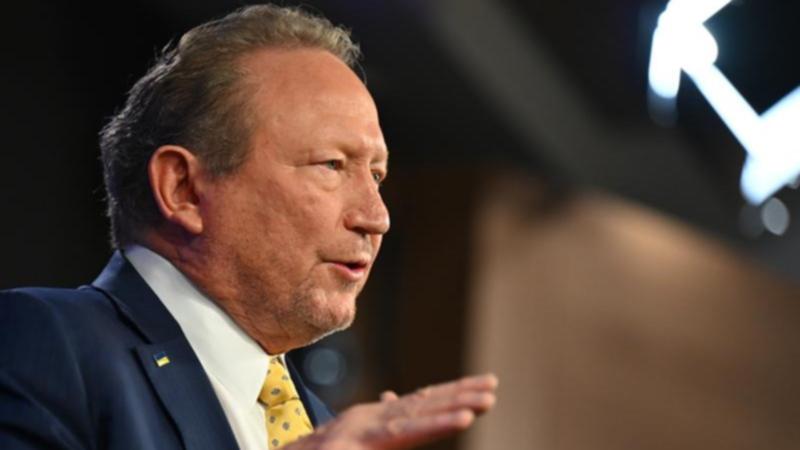Twiggy on the charm offensive ahead of China scrutiny

China wants to find out if the clean energy technology Andrew Forrest’s Fortescue has relentlessly spruiked and poured billions into is the real deal before entertaining a green iron supply dream.
Chinese Premier Li Qiang on Tuesday will visit a warehouse in Hazelmere being used to trial green hydrogen and renewable batteries, which Fortescue hopes will power locomotives, haul trucks and other pieces of heavy mining equipment across its iron ore operations in the Pilbara.
The clean energy trucks and trains being built at the Hazlemere facility, which currently employs more than 300 people, will be ready for a commercial-scale rollout by 2030, Mr Forrest told The West Australian.
Sign up to The Nightly's newsletters.
Get the first look at the digital newspaper, curated daily stories and breaking headlines delivered to your inbox.
By continuing you agree to our Terms and Privacy Policy.He said that Premier Qiang wanted see the facility “with his own eyes”.
“(China wants to know) are they (Fortescue) really going to go green by 2030? Are they really going to be able to supply green iron ore? Which means this is the first company in the world who could supply green iron to China,” Mr Forrest said.
“China has to import iron ore at this stage and it’s very polluting, and that iron ore is of course grey, it’s not green.”
However, a green iron ore supply arrangement with China “is in development”, according to the Fortescue founder.
Despite no concrete details being on the table yet Mr Forrest pointed to China requesting to see the Fortescue site.
“The Premier is coming to see Fortescue at the nomination of China, which is, I think, really says something,” he said.
“Normally, Australian bureaucrats pick the company a Chinese leader goes to see. They don’t see much, they see the same thing again and again.
“But here China asked to see Fortescue.”
Fortescue’s main rivals BHP and Rio Tinto are also making moves to ‘green-ify’ the iron ore they ship to China. Earlier this month Rio committed $215 million towards definitively finding out if it can use biomass material, instead of coal, to churn out iron.
The mining giant will build a research and development facility in an empty Rockingham warehouse to further assess the viability of its low-carbon iron making concept — BioIron.
Mr Forrest said he didn’t want to criticise Rio because they’re “really having having a crack”, but said Fortescue looked at those technologies “a while ago”.
“Anything which says ‘bio’ in it, is going to end up competing with food, or lead to deforestation, or both,” he said.
But Rio has stated it will use agricultural waste products for the biomass, such as straw, to power the process.
